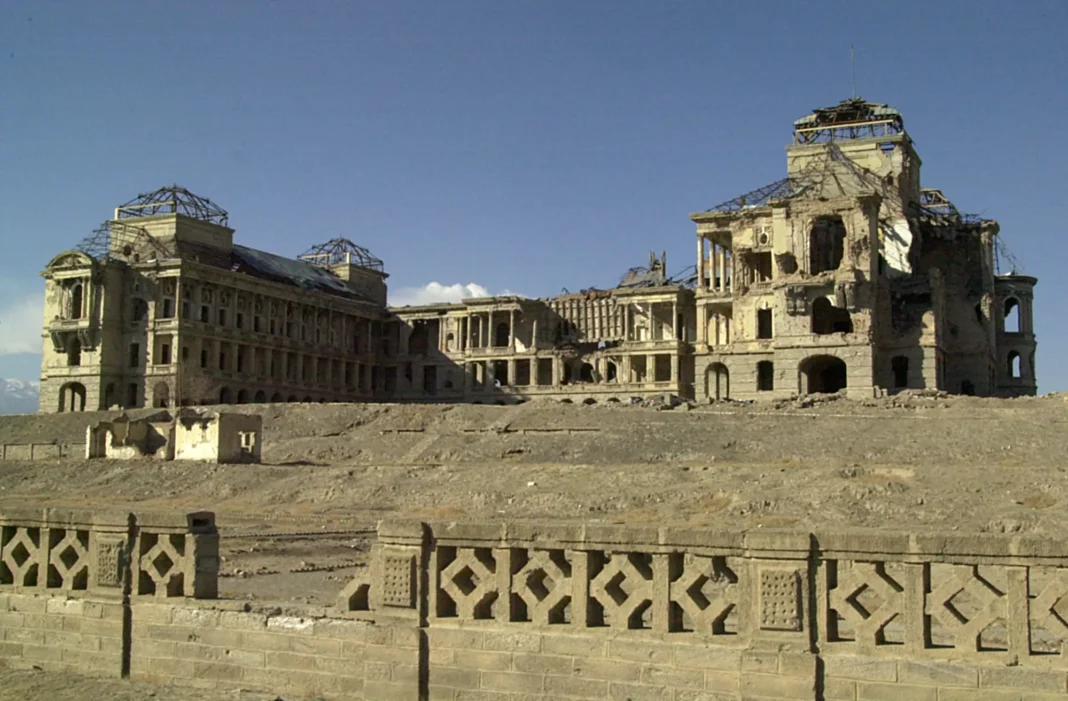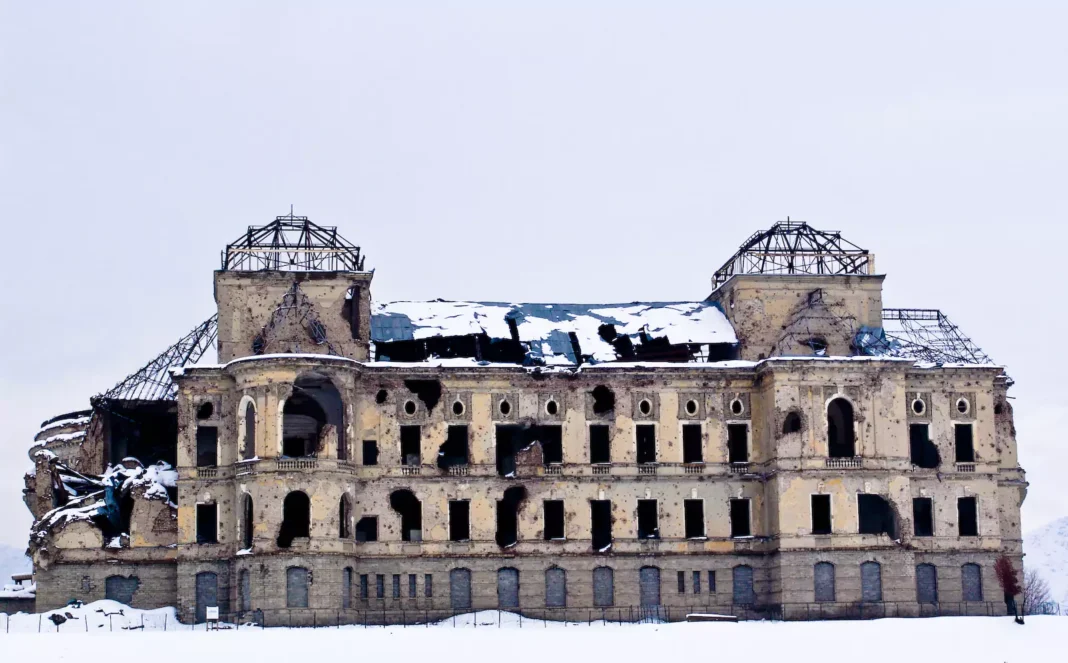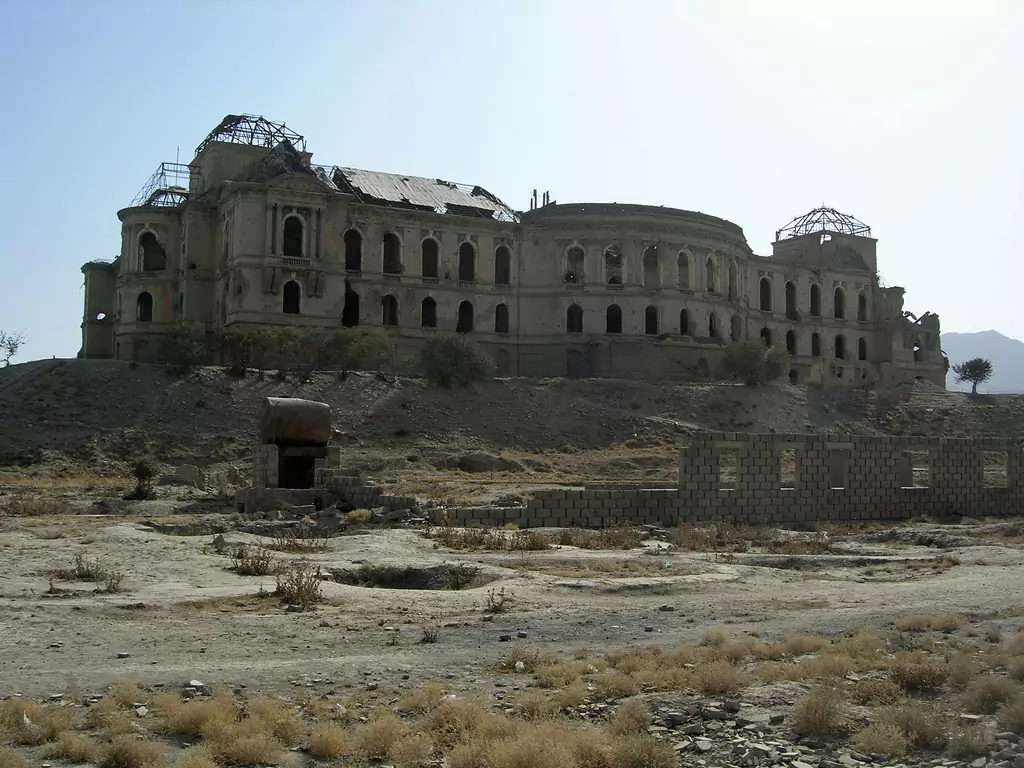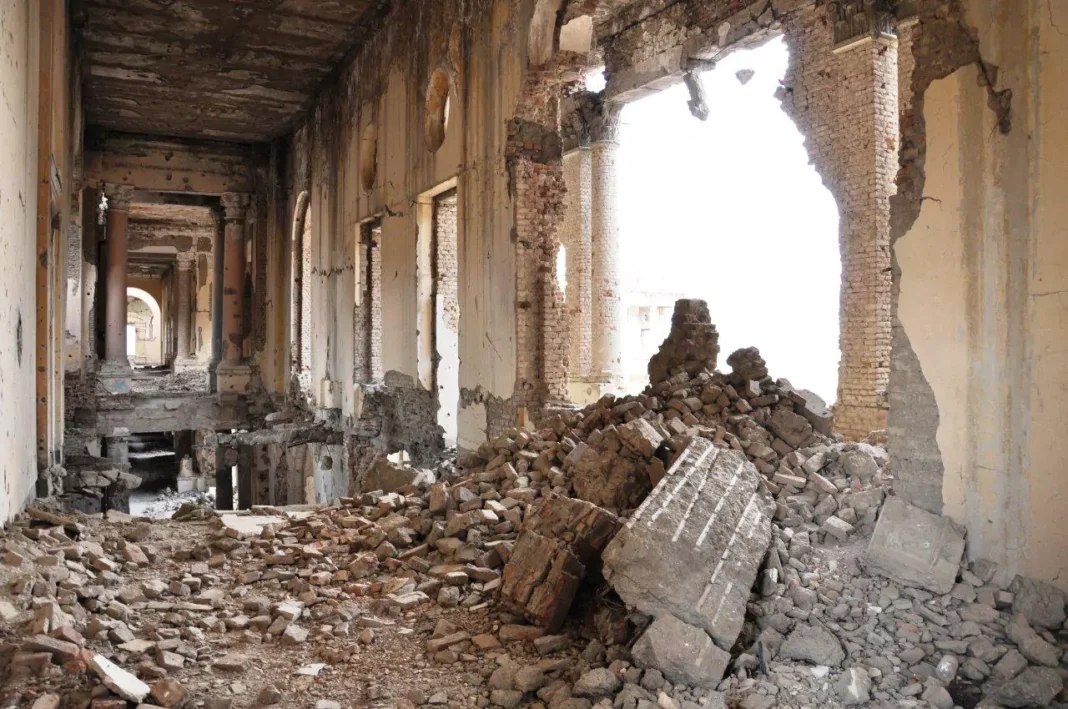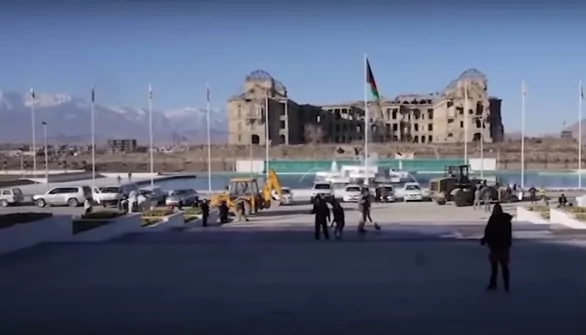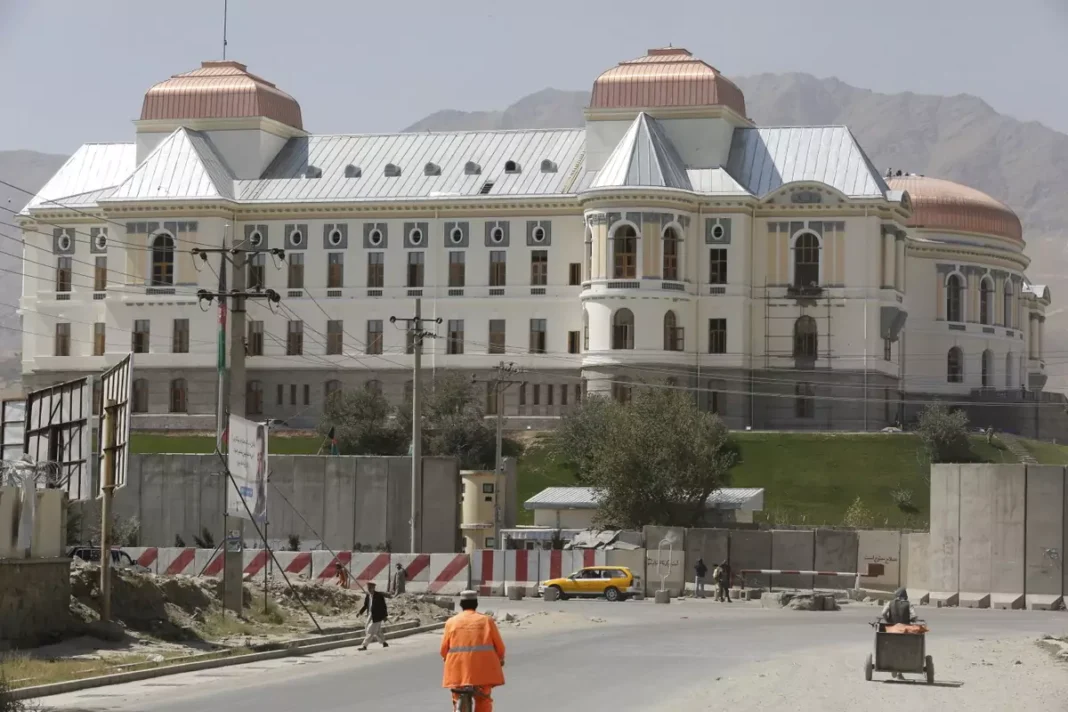Nestled in the heart of Kabul, Darul Aman Palace stands as a testament to Afghanistan’s rich history and unwavering spirit. This architectural gem was once intended as the seat of a new Afghan parliament, a symbol of modernization. Today, even in its partially restored state, it invites visitors to discover its captivating story and experience a piece of Afghan culture.
Tracing Historical Roots: Darul Aman Palace Overview
Darul Aman Palace, or “Abode of Peace,” was commissioned in the 1920s by the progressive King Amanullah Khan as part of his vision to modernize Afghanistan. Designed by German architects, it blends neoclassical European styles with traditional Afghan elements. Sadly, the palace was never used as intended and witnessed decades of turbulent history, including fires and damage during the Soviet invasion and subsequent civil wars. After years of neglect, extensive restoration work began in 2016, and it is now partially open to the public.
Legends and Lore: Stories of Darul Aman Palace
Local tales weave around Darul Aman Palace, adding to its mystique. Some speak of secret tunnels beneath the palace, while others tell of hidden treasures left behind. Whether truth or myth, these stories highlight the palace’s hold on the popular imagination.
Notable Figures: Legacy of Darul Aman Palace
Darul Aman Palace’s story is intertwined with key figures of Afghan history. King Amanullah Khan, the visionary behind its construction, sought to bring Western-style reforms to the country. Architects like Walter Harten brought their European design expertise to create this unique landmark.
Turning Points: Historical Events at Darul Aman Palace
The palace witnessed significant moments in Afghanistan’s history. Though never used as a parliament, it housed various ministries over the years. Fires in 1969 and subsequent wars left the palace heavily damaged, mirroring the nation’s own turbulent journey. Its ongoing restoration symbolizes hope and resilience.
Architectural Marvels: Design and Structure
Despite the scars of time, Darul Aman Palace’s grandeur is undeniable. Its imposing facade reflects European neoclassical influences. The vast structure originally boasted over 150 rooms, halls, and salons, showcasing intricate detailing and a blend of architectural styles.
Must-Visit Sites: Exploring Darul Aman Palace
While some sections remain off-limits due to ongoing restoration, visitors can tour the palace and surrounding grounds. Explore the grand hallways, admire the surviving architectural details, and climb to the higher levels for panoramic views of Kabul.
Cultural Insights: Museums and Galleries
Although the palace itself does not currently have a museum, Kabul offers other cultural gateways. The National Museum of Afghanistan, although damaged by past conflicts, still houses a collection of artifacts showcasing the country’s rich history. Consider exploring small galleries and cultural centers for artistic expression.
Practical Tips for Travelers: Navigating Darul Aman Palace
- Safety: Afghanistan’s security situation remains complex. Before traveling, check updated travel advisories from your home country’s government. It’s advisable to book tours through reputable agencies.
- Accommodation: Kabul offers a range of hotels, from budget-friendly options to more luxurious stays. Research areas based on convenience and your comfort level.
- Transportation: Taxis and hired cars are available, but always negotiate fares beforehand. For added security, ask your hotel or tour agency to arrange transportation.
- Currency: The Afghan afghani (AFN) is the local currency. ATMs are available in larger cities, but carrying some cash is recommended, especially US dollars which are sometimes accepted.
- Local Cuisine: Afghan cuisine is flavorful and diverse. Sample national dishes like Kabuli Pulao (fragrant rice with meat and raisins), Mantu (steamed dumplings), and grilled kebabs.


